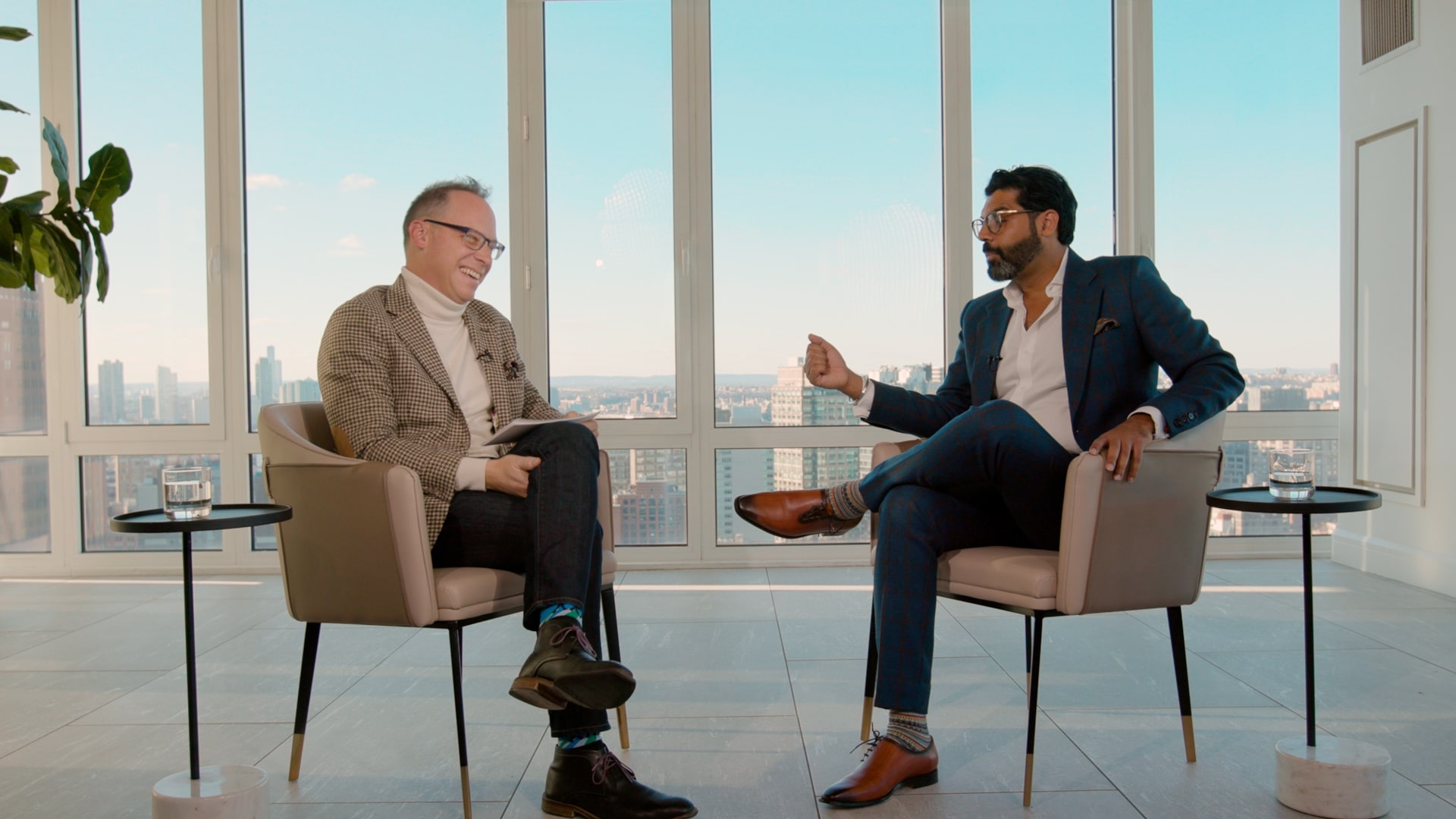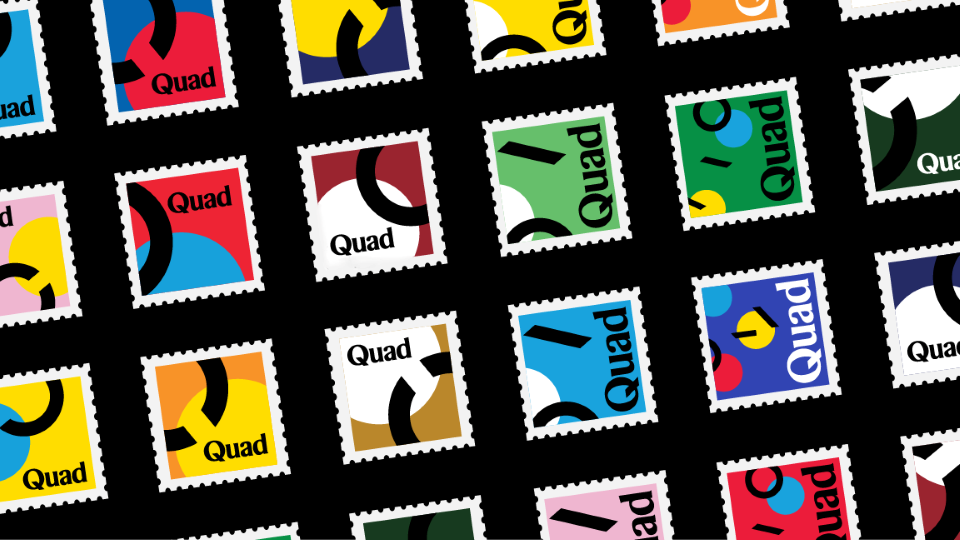An ongoing interview series between Quad and marketing leaders from some of the world’s biggest, most successful brands, as well as thought leaders from cutting-edge marketing research firms.
Pranav Yadav is global CEO of Neuro-Insight, a company at the forefront of studying the deepest level of consumer decision-making — the subconscious mind.
90% of human decision-making happens in the subconscious
Yadav knows that all too well. As a teenager, he came to the U.S. for a college degree, and landed what most would consider a dream job on Wall Street with Goldman Sachs.
But he quickly realized that it wasn’t the right career for him. What he truly wanted was something more fulfilling.
And Yadav’s next job would become the inspiration for Neuro-Insight and his exciting work today.
While working with a Danish innovation strategy consulting firm, he talked to people on a daily basis for six to eight hours about social-scientific studies, trying to identify patterns and make connections to the decision-making process. He soon realized, “What people said in the first hour is different from what they said in the second hour and was completely contradictory to what was said in the fourth hour.”
Can people be totally honest about their feelings? Well, they try!
Yadav admits that human decision-making is more complicated than most of our current tools allow us to assess. But the idea of tapping into the power of the subconscious mind is nothing new. There’s mention of it in ancient scriptures from older cultures, “in which the ones who have mastered their minds are truly enlightened,” he notes.
“So, in a way what we’ve tried to do with the groundbreaking research of Dr. Richard Silberstein, chief scientist of Neuro-Insight, is quantify the subconscious mind,” Yadav explains, while also showcasing the technology the company uses to measure cognitive brain activity.
While most neuroscience electroencephalogram (EEG) studies include relatively few people, Neuro- Insight sessions typically involve 60 people watching a 30-minute visual reel while 24 electrodes measure electrical activity in their brains. “That’s millions of data points versus 2,000 people being sent a 20-question survey. There’s really no comparison in terms of statistical significance,” Yadav says.
In a multichannel world where many marketers are putting the same ad on Instagram and TikTok, this work can help show why context matters, he explains.
Timing your appearance:
A comparison of Super Bowl spots
When it comes to ad metrics, there is no better competition than the Super Bowl, where marketers try to crack the winning formula year after year. Yadav compared an iconic Budweiser Super Bowl spot – 2015’s “Lost Dog,” an Admeter #1 ranker — to a 2021 Oatly Super Bowl spot that some found downright annoying.
According to Yadav, while the Budweiser spot tugs at the heartstrings with a great storyline, it fumbles by introducing the brand after the story has reached its crescendo. The Oatly spot worked harder as a creative from the get-go with its message recall far higher than any other spot aired during the 2021 Super Bowl season.
Yadav warns that what people say doesn’t correlate to what they do. Unless the audience has committed your key message or brand to long-term memory, they’re not going to act on it.
Great creative doesn’t always make a great ad
In calling out the secret sauce that makes great creative a more compelling piece of communication — one that drives behavioral change — Yadav notes how advertising can play a crucial role in shaping culture.
“Culture has always been built on myth, stories, songs and rituals. As a human race, we need to have a 1,000-year plan rather than a five- or 10-year plan.”
Watch Pranav Yadav’s full conversation with Josh Golden to learn how marketing metrics can be refined, and how true impact will come from studying what kind of society we want to be — while creating new myths, songs and rituals to inspire us to get there.



